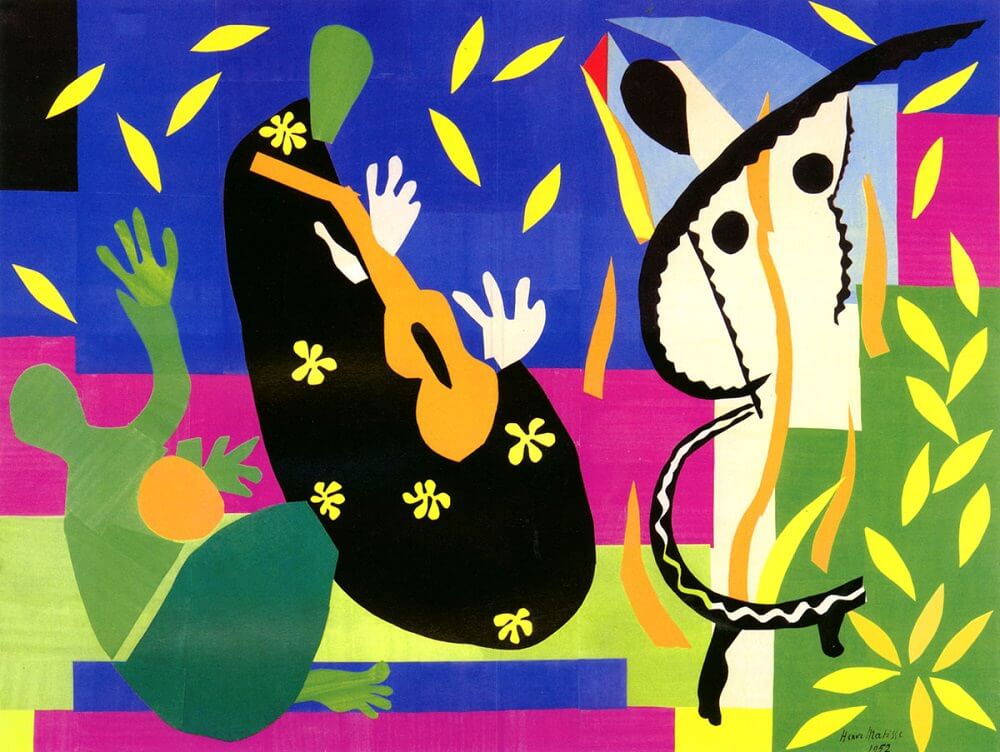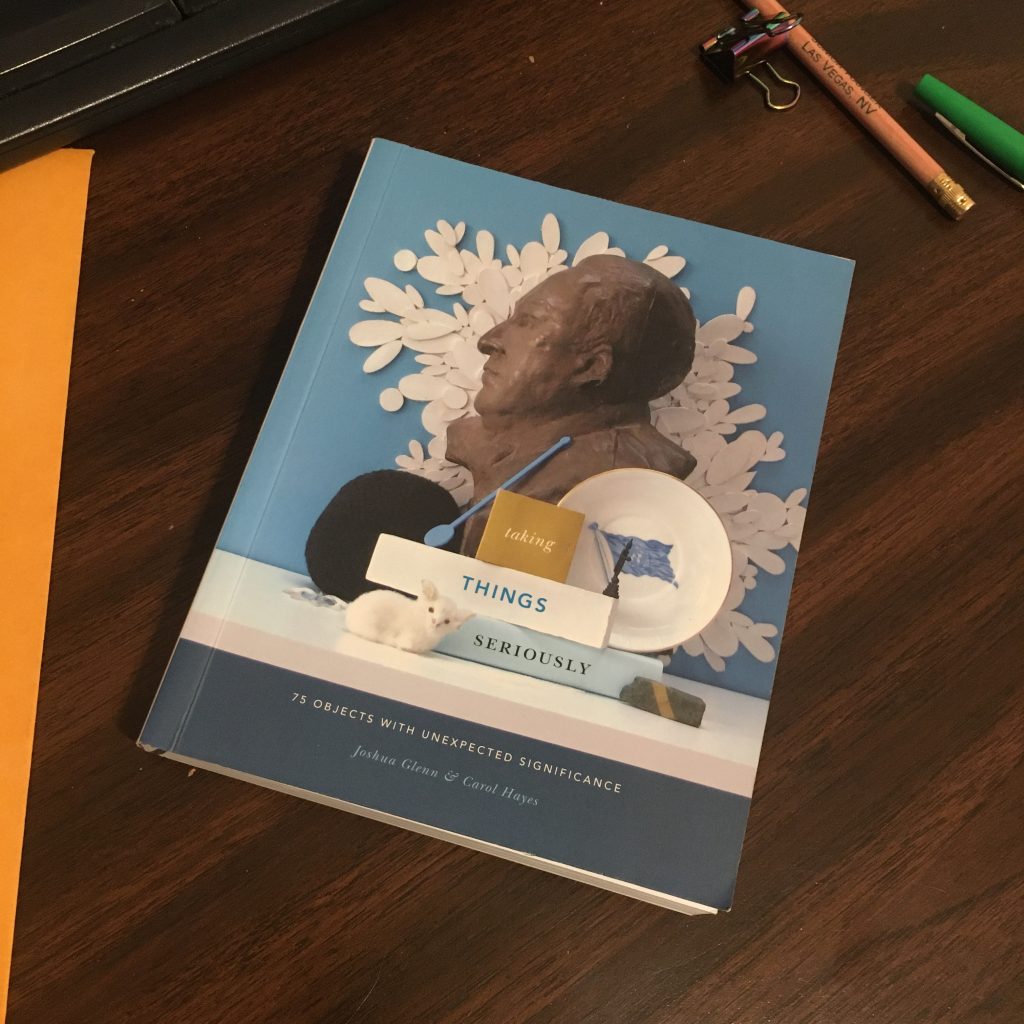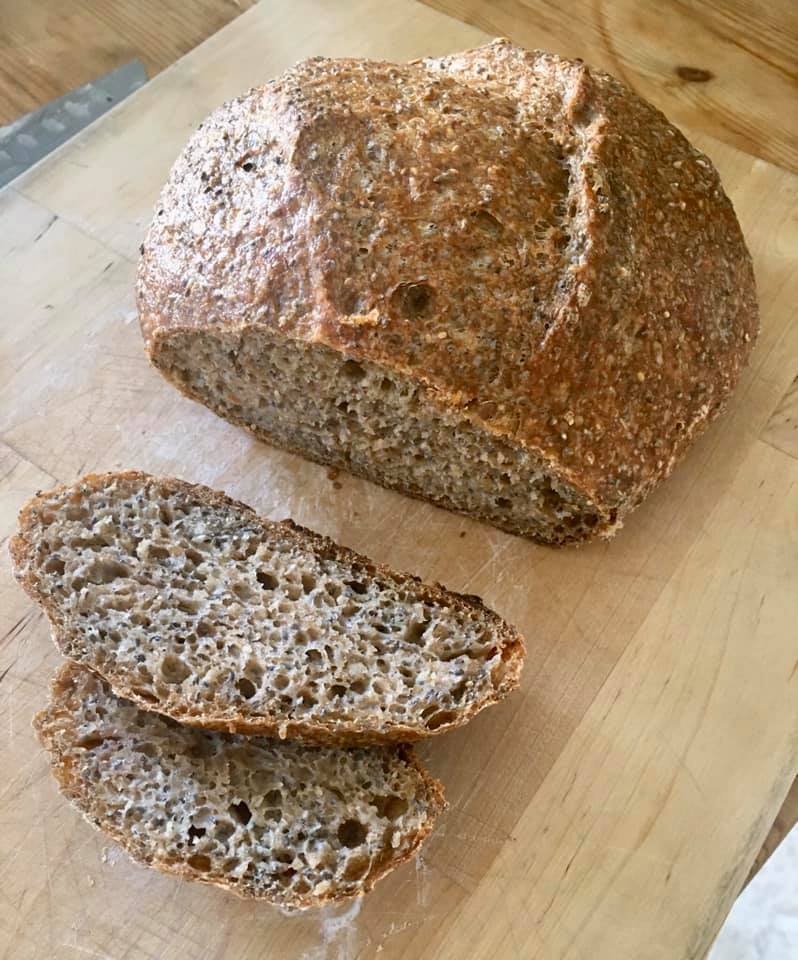Carl Chudyk is a minor deity in game design. I absolutely love his chaotic, tactical games.
However, my wife doesn’t like games with lots of words, and the kids are still too young for such insanity. So that has left me to play against myself in this time of fatherhood and COVID-19.
I first started playing his games against myself with his second classic Innovation, but a couple weeks into quarantine I received my copy of Mottainai and I’ve played it about fifty hands. Over the past few months, I’ve played it it slightly more often than Innovation, partly because Mottainai new to me, and partly because of its easy setup and quick play.
In my solo games, I play the rules as written, dealing out two hands and just dueling each other. I tried a 3 handed game once, but that was too much chaos for my single brain to handle. (Along with Innovation, this solo-play method also works well for Chudyk’s Impulse.)
After these plays, I feel like I’m finally starting to grok Mottainai and accept the game on its own terms. And I think the most important word is “quickness”. This game is similar to Race for the Galaxy. At first it seems like this game is all about building up a powerful engine, but it is actually about ending the damn game as fast as possible in your favor. It also has a bit of a Donald X Vaccarino (Dominion, Nefarious) feel to it – set your strategy in the first few turns and push that selected strategy as hard as possible. If you try to branch out you’ll be a muddling mess of mediocrity.
In my initial games, grabbing monks as helpers was a dominant strategy. However, I would attribute it to “groupthink”, especially since I have a natural tendency to prefer strategies that revolve around “slow and steady, engine building”. After my first twenty plays, I learned to effectively implement the quick-build strategy to end the game by constructing five works. However, I still need to thoroughly explore a sales strategy, which I suspect will be quite powerful, but will take some practice to master, especially since multi-step processes don’t align well with in my personal playing tendencies.
To be honest, “strategy” is seems overwrought for this game. For a game this short, even the grandest strategy is really just a tactic. With the swingyness of the cards, it really is a tactical game made up of even smaller choices. You can afford a couple half hearted feints, but if you try any more than that, you’re toast.
One key in playing this game well is to be be thoughtful before playing a Task, just pulling a Prayer is often the best choice. It seems paradoxical in a game this short that “passing” may be regularly be the better move, however, it is the only action you can take without sharing it with your opponent, grabbing you a card without feeding their engine. In other games such a dynamic might be a design flaw, but Chudyk has been designing for a while and it is genius.
I should mention that the first couple times I tried Mottainai were an utter disaster. This game is obviously a descendent of Chudyk’s first classic Glory to Rome, but to appreciate Mottainai you need to completely erase its father out of your mind. The even though the mechanics are similar, the dynamics are so different you will be unable to grok Mottainai as long as you have Glory to Rome bouncing around the back of your head.
Even though Mottainai is noticeably shorter, the more apt experiential comparison is to Innovation. Like Innovation, several opportunities for nifty cardplay will spring up in front of you during the course of the game that will give you an undue advantage. However, when such an opportunity arises in Mottainai, it is critical that you take that advantage and immediately end the game in your favor.
Even though Mottainai is a short game, it is much too complex to be called a filler. For something that can be played in 7 minutes this is a meaty little card game which has not yet gotten stale after fifty plays (or more than a hundred since I’ve always been my own oppopnent).
Not that my faith has ever waivered, but I am happy to attest that my devotion to Carl Chudyk has been renewed afresh. I strongly recommend this game, which is available with free shipping on the publisher’s website.



